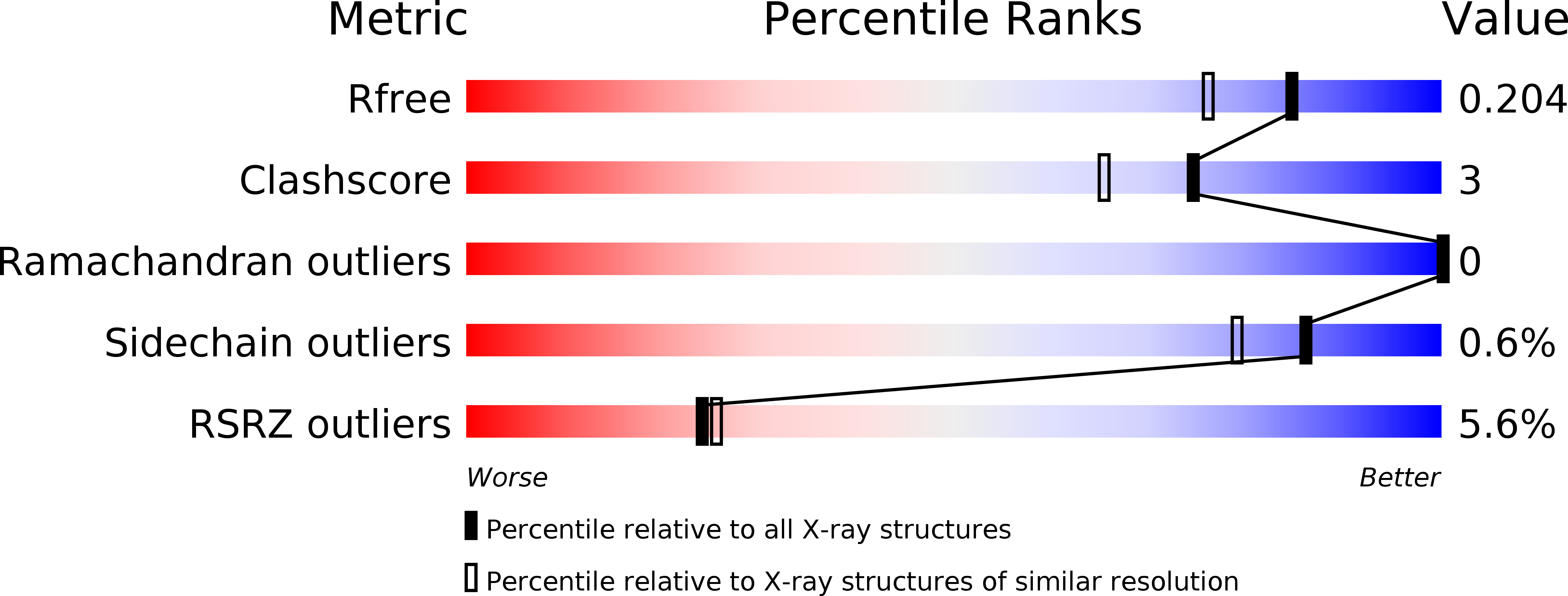
Deposition Date
2011-05-12
Release Date
2011-10-19
Last Version Date
2024-11-27
Entry Detail
PDB ID:
3RZV
Keywords:
Title:
The Crystal Structure of a E280A Mutant of the Catalytic Domain of AMSH
Biological Source:
Source Organism:
Homo sapiens (Taxon ID: 9606)
Host Organism:
Method Details:
Experimental Method:
Resolution:
1.67 Å
R-Value Free:
0.20
R-Value Work:
0.18
R-Value Observed:
0.18
Space Group:
P 43 21 2


